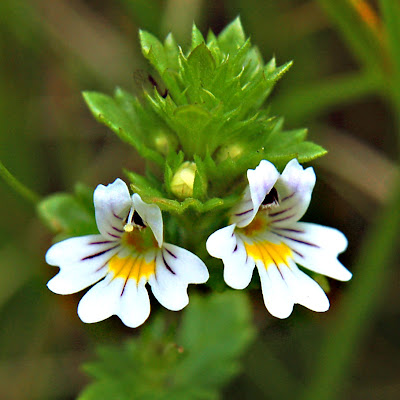In 1957, Brooke Bond and Company began giving away a colourful series of fifty collector’s cards with their tea products. The series was entitled
British Bird Portraits and, in recruiting me as an enthusiastic collector, the company set me off on a path of discovery I am still following today (which was probably their aim).
I remember the excitement, and it was exciting for a 1950’s ten-year-old, of opening each new packet of tea and looking for the card between the outer and inner wrapping; would it be a new one for my collection or one I already had? I remember too that there was a grocers shop on a nearby corner where I could take duplicates to swap for precious and yet uncollected cards and, if all else failed and the series ended, Brook Bond kindly sold the cards you needed at a halfpenny each.
The British Bird Portraits cards were illustrated and described by C.F. Tunnicliffe, RA, regarded by the late Sir Peter Scott as possibly
the greatest wildlife artist of the twentieth century, and were similar in format to the cards given away in cigarette packets and collected by countless youngsters between the two World Wars. One difference however was that Brooke Bond also sold a collector’s album for sixpence; every card in the series had a place of its own with an accompanying description and as each new card was collected, I carefully stuck it into its place with flour and water paste.
When the series ended I still needed five or six cards to complete my collection, one of which described the Great Crested Grebe. I sent away a thrupenny postal order to Brooke Bond and eagerly awaited the postman’s delivery. The cards duly arrived and my first view of the Great Crested Grebe left me spell-bound and set me off on another journey, one which took some years to complete.
Today, the Great Crested Grebe remains one of my most favourite birds and subsequent series of Brooke Bond cards, such as
British Wild Life and collections describing trees, freshwater fish, wild flowers, and more British bird species, served only to reinforce my interest in natural history.
 The Great Crested Grebe which started the Journey
The Great Crested Grebe which started the Journey A page from the album showing a Grey Wagtail,
A page from the album showing a Grey Wagtail,
Green Woodpecker & Nuthatch The album cover
The album coverThe subsequent British Wild Life collection, another full set I collected, and two collector's cards from the series, one of Fallow Deer, the other of the Chillingham Wild White Cattle, again illustrated by C. F. Tunnicliffe, RA:
















































